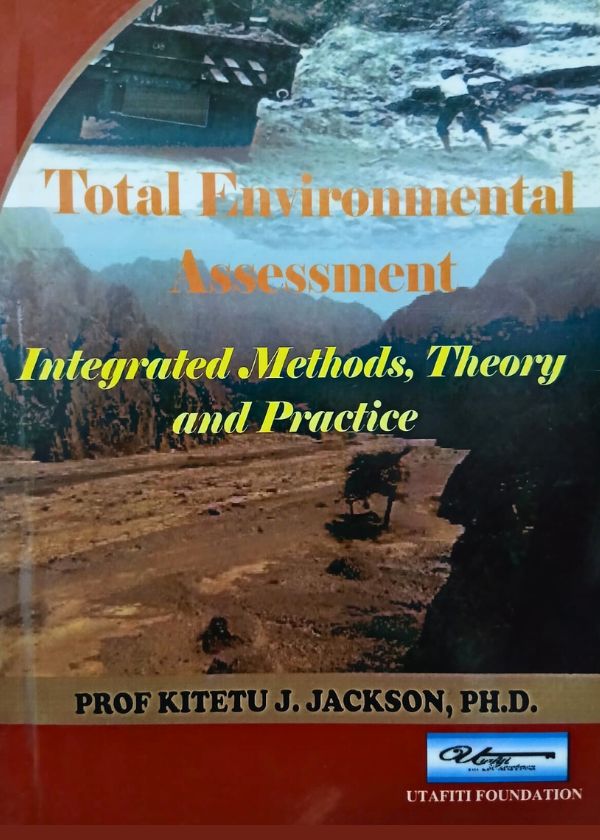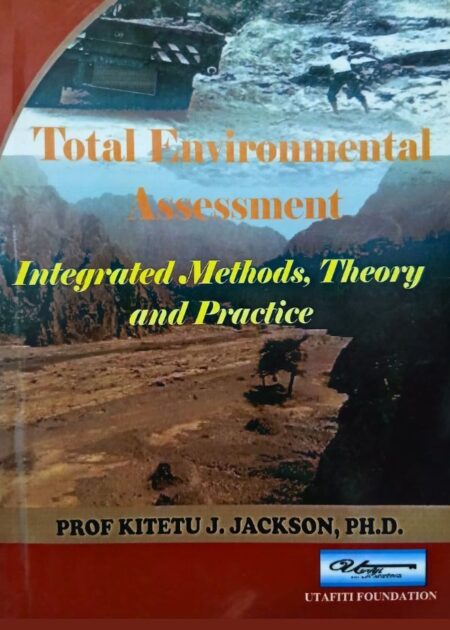Description
he beds of ephemeral rivers in Kenya are the major sources of sand which is used in the building industry and for the manufacture of glass. River sands have been harvested to varying degrees for over half a century, particularly in the Districts close to Nairobi city and other urban centres. While the sand mining industry offers important source of revenue for the local communities and local authorities, the sand channel beds also represent a key water source for the rural wider community and their livestock. Competition for these river resources often results in conflicts, amongst the various interest groups. The author represents the first systematic assessment of the environmental and socio-economic impacts associated with river sand harvesting in Kenya. River sand harvesting is widespread throughout the upper Athi catchment basin. This investigation focuses on three rivers, Thwake, Kaiti and Muooni where detailed evaluation of impacts of sand mining activity was done. A holistic methodological approach has been used with consideration given to the geomorphologic, hydrologic, ecological and socio-economic impacts of sand harvesting. The author wrote nine chapters and they include the following:- The first was characterized by the nature of mining activities and description of the distribution and scale of processes involved. The second chapter was about a scoping analysis, to identify the key environmental impacts of the sand harvesting in terms of magnitude, extent and significance. This involved the use of the environmental impact assessment (E.I.A) methods such as checklists and matrices supported by local residents questionnaires. The third chapter was on baseline survey, involving targeted field collection of environmental data to characterize environmental behaviour, that is, precipitation sediment transport rates, channel stability and water availability. these were used to determine baseline against which magnitude of the impacts could be verified. The chapter sought to quantify the magnitude and significance of key environmental and social impacts. The study has established that the current rates of sand harvesting has exceeded the natural replenishment rates by three times where the extraction is most concentrated. This implies that the industry is unsustainable in such areas. Mining activities have also been shown to cause a range of physical impacts, which include the lateral instability of channels, propagate knick-points in the river bed and threaten the longevity of engineering structures such as bridges, and pipes. Depletion of the channel substrate also negatively impacts on the quality and availability of water, whereas the off-site impacts resulting from sand lorry transport causes damage to the farms, vegetation and represents major cause of conflict between the sand miners and local residents. The fifth chapter involved forecasting models of river and catchment models to predict sustainable extraction rates, natural rehabilitation and mitigation measures. A Key observation of this was that river sand is being extracted at rates significantly greater than naturally replenished by soil erosion and sediment transport in the catchment. Chapter six deals with ecological assessment in relation to sand mining from the river bed. The potential impacts of sand mining from the river bed to riparian ecosystems are evaluated. The identified vegetation communities are analyzed and classified using VESPAN III Computer package. The analytical techniques of TWINSPAN and DECORANA were used. Chapter seven deals with the socio-economic and cultural assessment and considers the human impacts resulting from the growth of the Kenyan sand harvesting industry the methodological approaches used in the assessment included targeted questionnaires, and application of monetary evaluation techniques. the discussion concludes with consideration of possible future scenarios. Chapter eight concludes and explores the nature of existing administrative and planning structures. It considers the application of strategic environmental assessment as a means to develop an integrated management framework based on sustainable development principles. The final chapter nine seeks to review the work and outlines a blue print for the sustanaible development of the sand industry. recommendations for future research are finally suggested.







